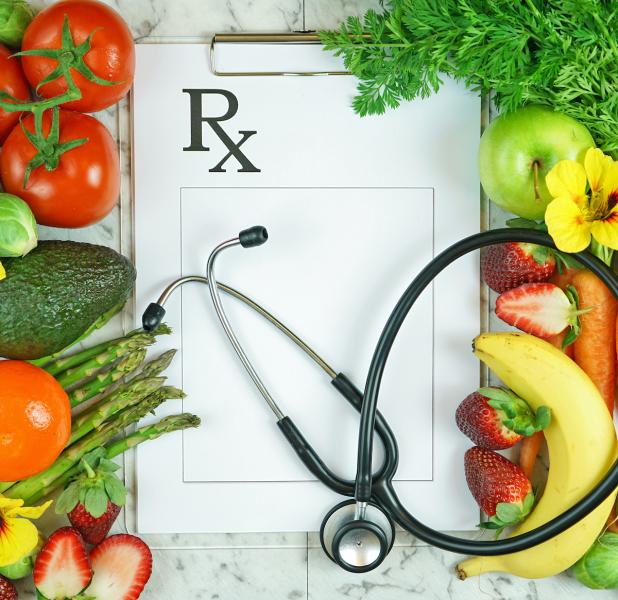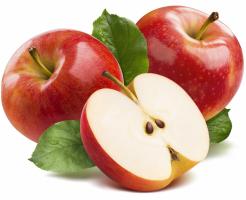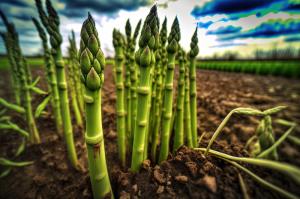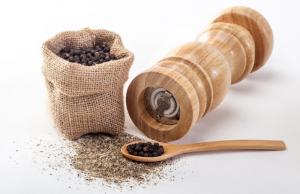
 Over two thousand years ago, the famous Greek physician Hippocrates said, “Let your food be your medicine, and your medicine be your food.” This is still good advice. After all, one of the primary ways you can maintain good health is through nutrition. Many ailments are nothing more than deficiencies of the vital nutrients and phytochemicals found in food.
Over two thousand years ago, the famous Greek physician Hippocrates said, “Let your food be your medicine, and your medicine be your food.” This is still good advice. After all, one of the primary ways you can maintain good health is through nutrition. Many ailments are nothing more than deficiencies of the vital nutrients and phytochemicals found in food.
All plants, including medicinal herbs, contain nutrients—carbohydrates, proteins, fats, vitamins, and minerals. Healing herbs are typically considered medicinal because of the phytochemicals they contain, such as tannins, essential oils, mucilaginous fiber, alkaloids, saponins, and glycosides.
All foods contain these types of phytochemicals. Even a fairly simple food, like a potato, which is primarily used as a source of carbohydrates, has over 150 identified phytochemicals, including solanine alkaloids, oxalic acid, tannins and nitrate. Furthermore, all medicinal herbs contain nutrients, such as essential fatty acids, vitamins, and minerals. This raises the question:
Where Does Food End and Medicine Begin?
In many ways herbal medicine is nothing more than an extension of nutrition because there is no clear line where food ends and medicine begins. Herbs are considered medicines because they contain more of these phytochemicals but less nutritional value. Perhaps it’s best to think of food and medicine as a continuum as shown in the diagram below.
How a plant is grown will effect its medicinal value. This is true for both using foods as medicine and the potency of medicinal herbs. Wild foods and foods raised in quality soil will have a stronger flavor than foods raised with chemicals as is done in modern agriculture. This is due to a higher content of the phytochemicals that are associated with a plants medicinal properties.
This was noted by Masanobu Fukuoka, a retiree from the Japanese Ministry of Agriculture who developed methods of growing grain, fruits and vegetables without cultivation, weeding or fertilizing. He claimed that vegetables grown in this semi-wild manner had a higher nutritional content and were also more suitable as medicines.
Edible herbs and wild vegetables, plants growing on the mountain and in the meadow, are very high in nutritional value and are also useful as medicine. Food and medicine are not two different things: they are the front and back of one body. Chemically grown vegetables may be eaten for food, but they cannot be used as medicine.
This is why organically-grown herbs are not superior to wild-crafted herbs, which are harvested from their native environment. It’s also why properly raised organic food will likely have better medicinal properties than conventionally grown food.
The truth is that most common health problems could be solved with a prescription to be filled at the grocery store or farmer’s market. So, wouldn’t it be great if the first thing doctors prescribed were medicinal foods and common kitchen herbs? While this is unlikely to happen, it is the central idea in this issue of Sunshine Sharing where we’ll discuss the healing power of common fruits, vegetables, and kitchen spices.
Additional Resources
Strategies for Health by Steven Horne
Become a Member
Steven Horne's monthly member program is a way for you to get great information about herbs and natural healing to build your herbal business. Including the ability to share issues of Sunshine Sharing like this one. Click here to learn more.


